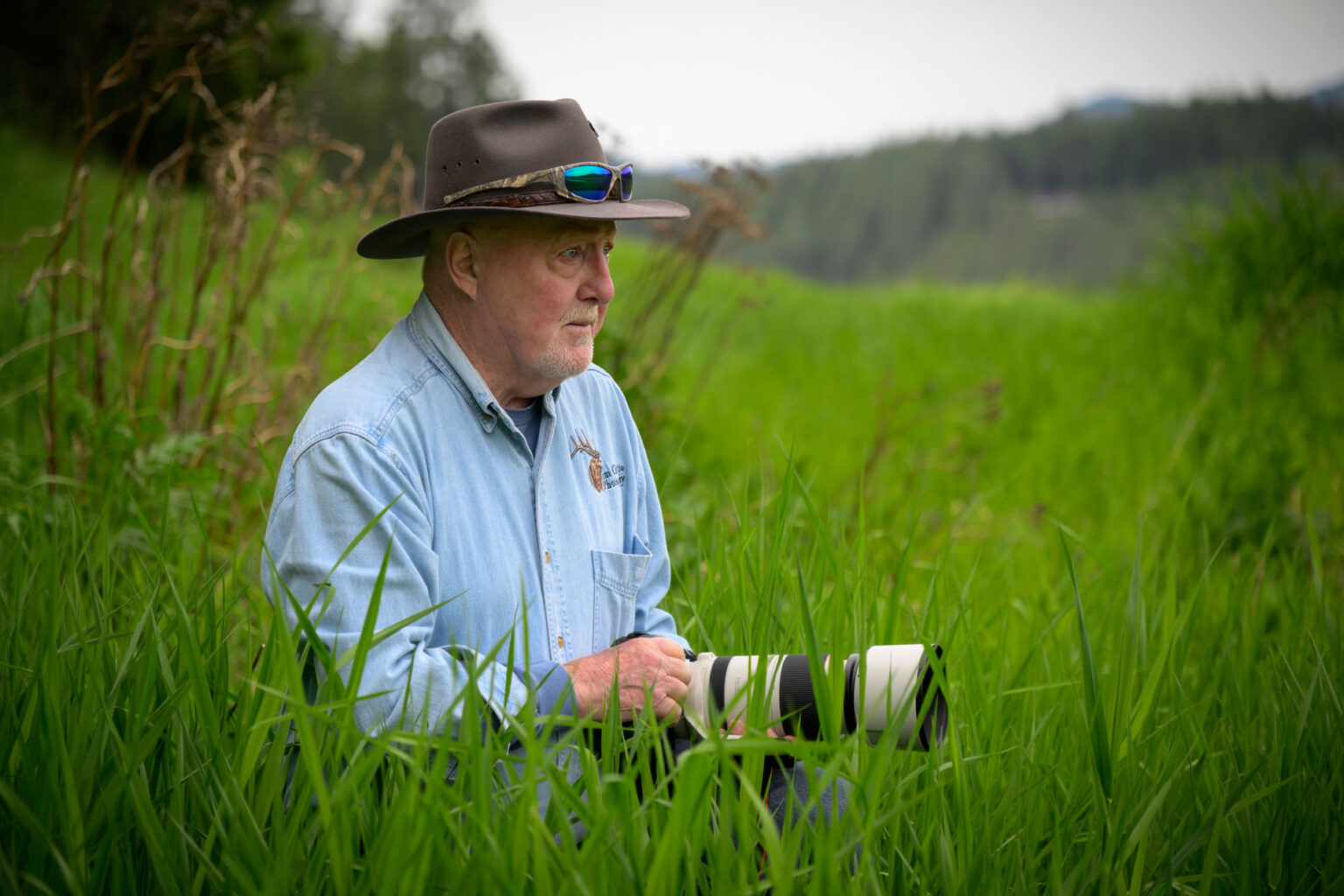It’s 3 a.m. and it’s dark and cold.
While the rest of the world sleeps, Tim Christie is waiting for the first signs of daylight and a chance to spot some kind of animal on the move.
It’s always a wonder what the morning will bring. A bugling bull elk. A curious coyote. An otter popping his head out of the river. A bear grabbing berries or pausing to enjoy the rising sun. It could be any of those things — or none. And that is the chance Christie takes as a wildlife photographer, something he has devoted himself to for the last 40 years.
“I find everything in the wild both interesting and worthy of photographing,” he shares.
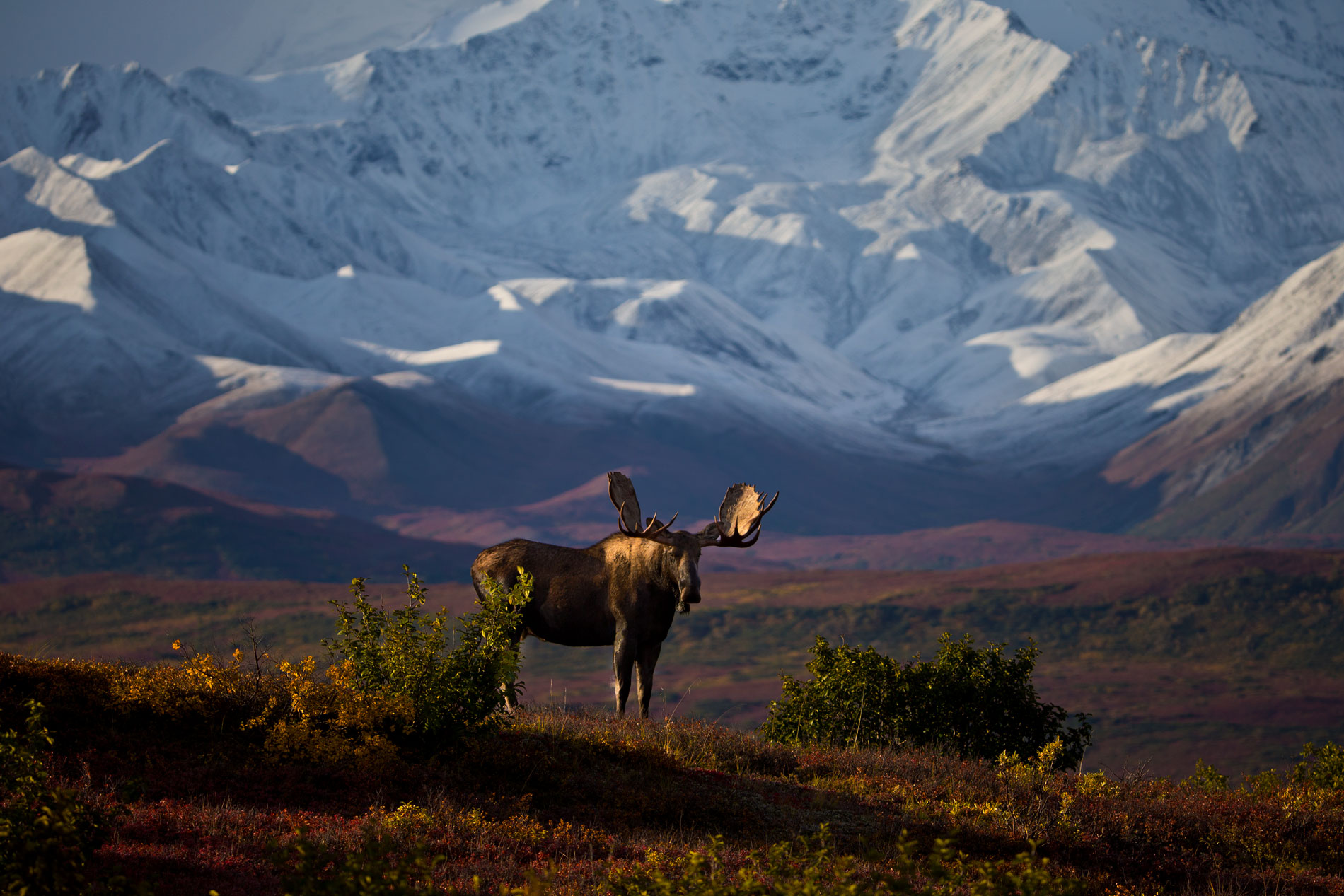
For Christie, capturing wildlife involves expecting the unexpected.
Throughout his career, he has photographed just about every wild animal in North America and even a few in Africa. His photos and stories have been published in thousands of outdoor-focused magazines, including more than 600 cover shots. He’s received industry honors from organizations like the Outdoor Writers Association of America, the Professional Outdoor Media Association and the North American Nature Photographers Association.
Christie encourages cooperation, not competition, in the industry, and has also taught plenty of people the technical and creative skills required to capture great nature photos, especially if your subject is on the move, or in most cases, doesn’t want you nearby.
“Wildlife photography is always about being as prepared as possible for the unexpected,” he said. “And luck. And the more often the unexpected happens, the luckier I’ve been.”
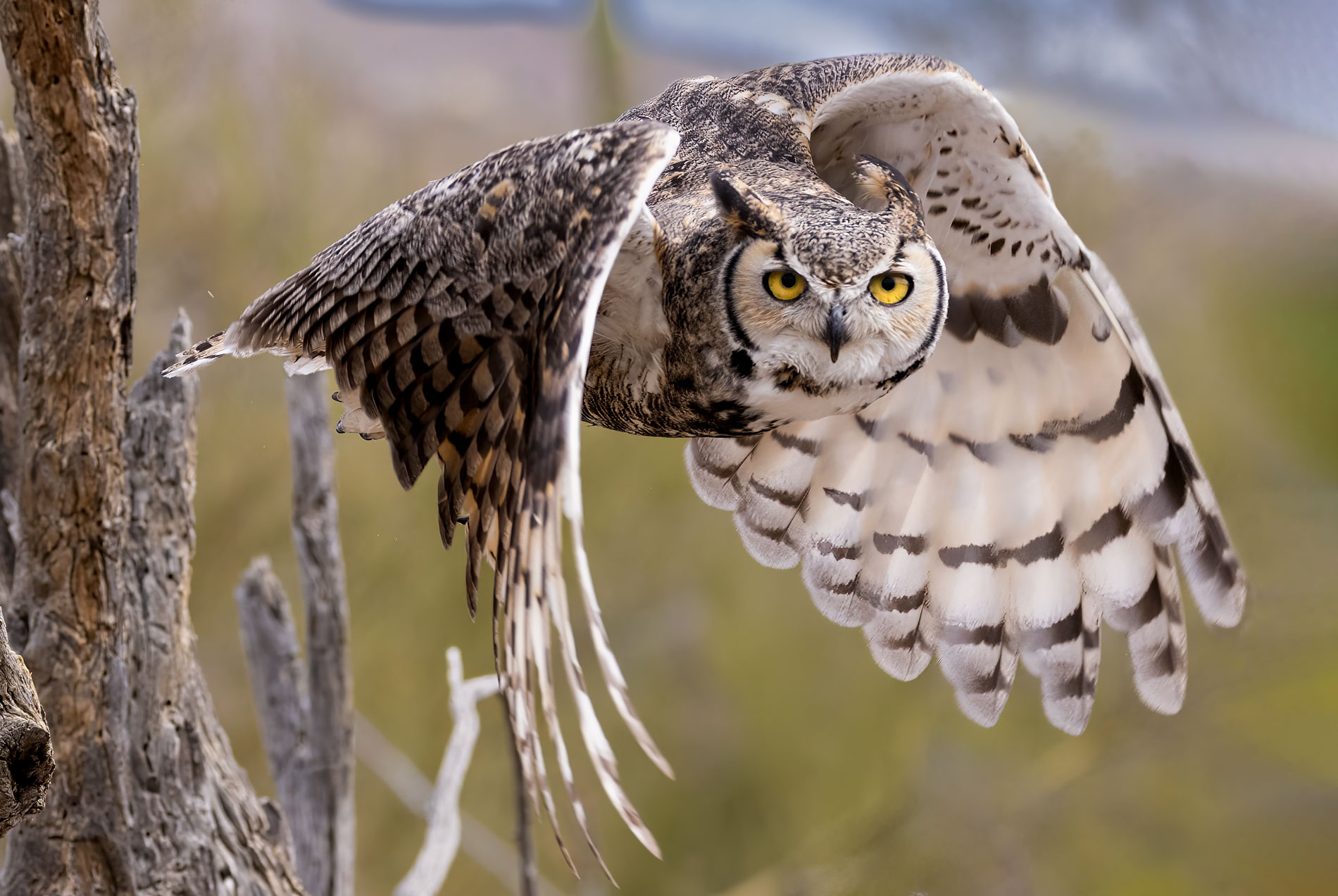
Unlike some colleagues who focus only on certain critters, such as bull elk or whitetail, he enjoys them all. He’s just as comfortable watching a polar bear cub playfully roll down a hillside as he is watching a mother quail guard her nest.
“My happy place is being in the presence of any wildlife, be it a lizard in the deserts of Arizona to grizzly bears in Wyoming,” he said. “If something shows up, be it sasquatch or a chipmunk, I’m going to photograph it.”
His approach can be appreciated in the pages of his recently published book, “Stories Painted with Light,” a collection of 50 favorite images as well as the stories and technical information that go along with them.

The book showcases Christie’s adventures throughout North America, from Alaska to Arizona. He’s spent weeks in chilly Manitoba, Canada, and thousands of hours in his native Montana, including Glacier and Yellowstone national parks. Some photo expeditions have involved temperatures dipping to 70 degrees below zero, but they all have resulted in amazing images.
It’s not just the temperature extremes that can be challenging; while shooting rattlesnakes in the desert, he had to lie down in piles of cacti as well as keep his distance.
He’s learned to be as unthreatening as possible.
That doesn’t stop some animals from giving “back off” warnings if he gets too close, like a bull moose pawing the ground near him. Or a mother grizzly chasing him up a tree at Glacier.
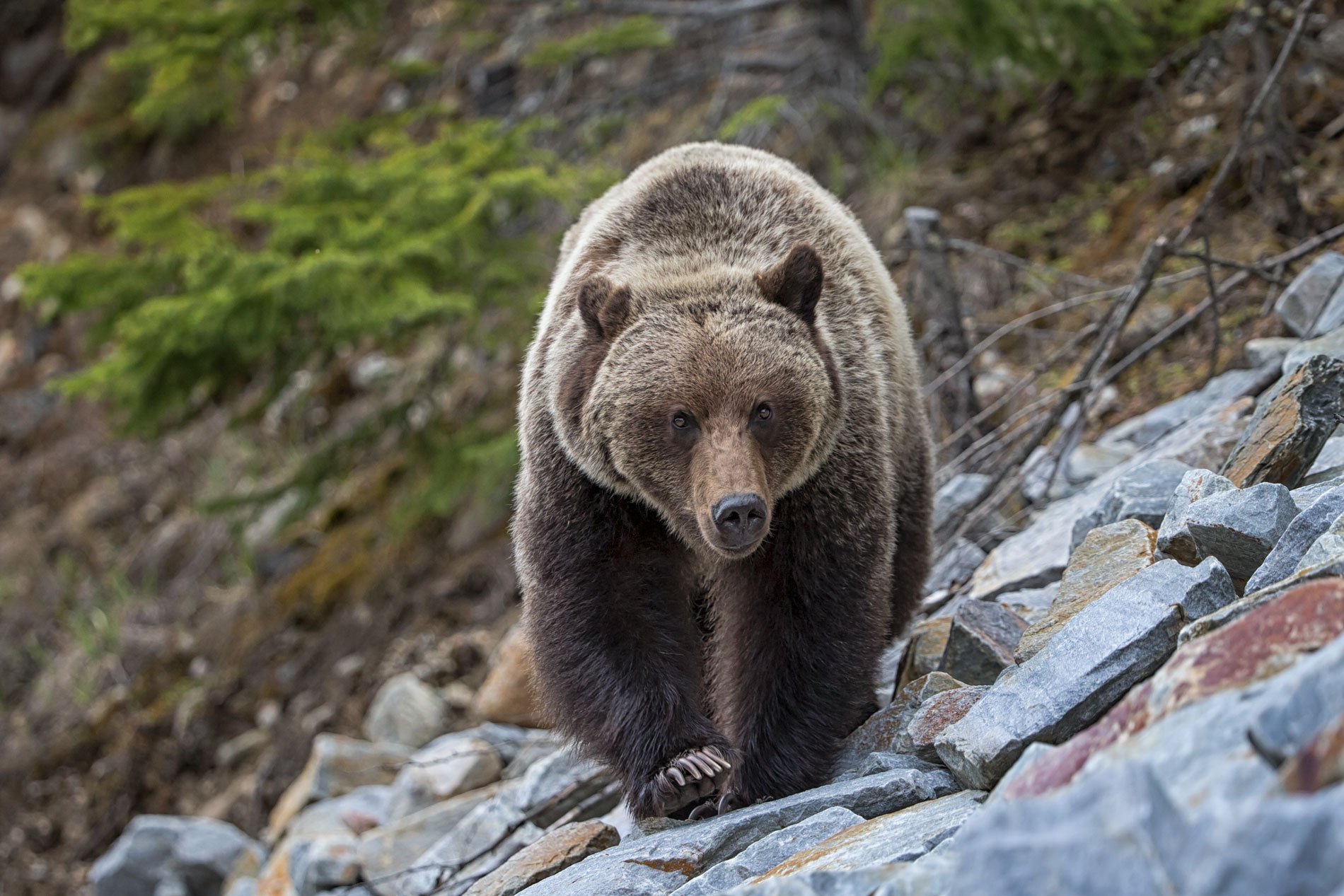
Tim Christie’s adventures in search of the perfect wildlife photo have taken him to all sorts of
destinations in all types of weather. His encounters are generally peaceful although one
particular grizzly did chase him up a tree.
With some animals, he’s able to stay in one place and shoot for hours. Others, he may only get a second to shoot and hope for the best, like a bird in flight or a pronghorn sprinting across a field.
Christie decided to shoot professionally in 1981 when he sold his first image that ended up being used on the cover of American Hunter magazine. One of his earliest successful shots was of a “handsome” mountain goat standing on a rock in British Columbia, which he was able to capture only after carefully walking along a narrow, goat-sized ledge.
But his interest in photography and the outdoors goes back years earlier to his childhood in Butte, Mont.
“I was raised in a family that was outdoors-oriented — my earliest memories are of fishing trips when I was only 3-4 years old,” he said. “My teenage years were spent hunting and fishing. I read magazines like Outdoor Life, Field and Stream and Sports Afield cover to cover every month.”
Story continues after a quick message from our sponsor below.
When his son was born, he had an Instamatic camera, but wasn’t happy about its quality.
“I talked to the photography instructor at North Idaho College, and he prompted me to buy a 35mm camera,” he said. “What I found myself doing when I went hunting and fishing is spending more of my time photographing than anything else.”
Over the years, this has translated to more than 240,000 images, including 125,000 transparencies, prints, slides and hard drives. (He stopped using film in the early 2000s). Altogether, he has more than 5,000 deer shots and 7,000 bull elk shots alone.
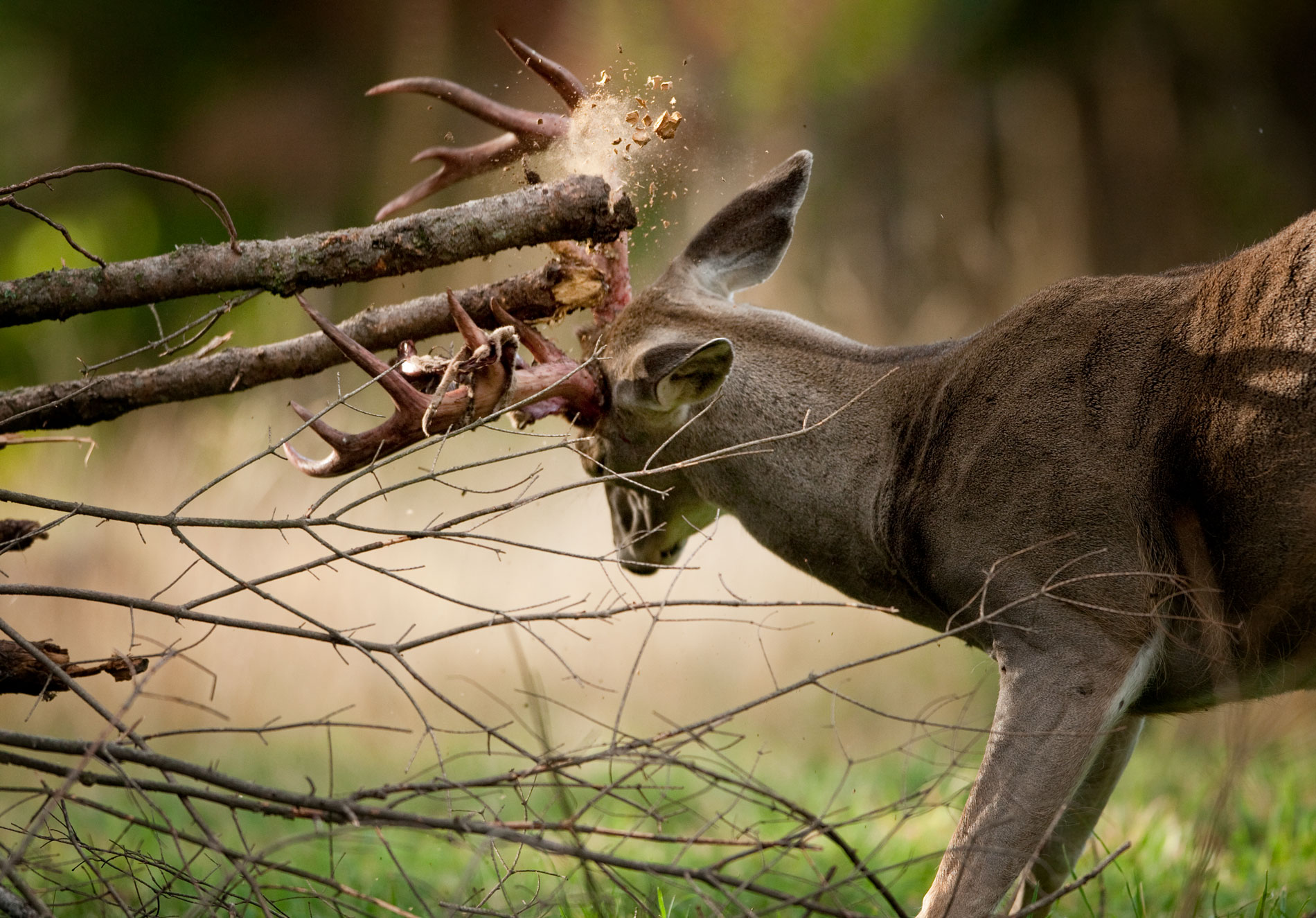
When he wasn’t shooting, he had multiple roles at NIC for 35 years, including communications faculty and college relations. His wife Kathleen also worked there for many years in different teaching and leadership roles.
Since 2013, both have enjoyed being snowbirds, preferring to spend winters in Arizona and return to Coeur d’Alene in the spring.
“I’m not a big fan of gray,” he said.
The warmer conditions also give him access to different types of wildlife to photograph — he recently spent time shooting a dozen burrowing owls. The Arizona sky also provides different conditions to create photos.
The right light is key, something his photography mentor Bill McRae encouraged.
“Unlike painters with brush and oils or watercolors, photographers have a light-tight box, lenses and sources of illumination to work with,” he said. “Great light makes for stellar images if you have something interesting to put in it. Other elements are included, but light is the common denominator.”
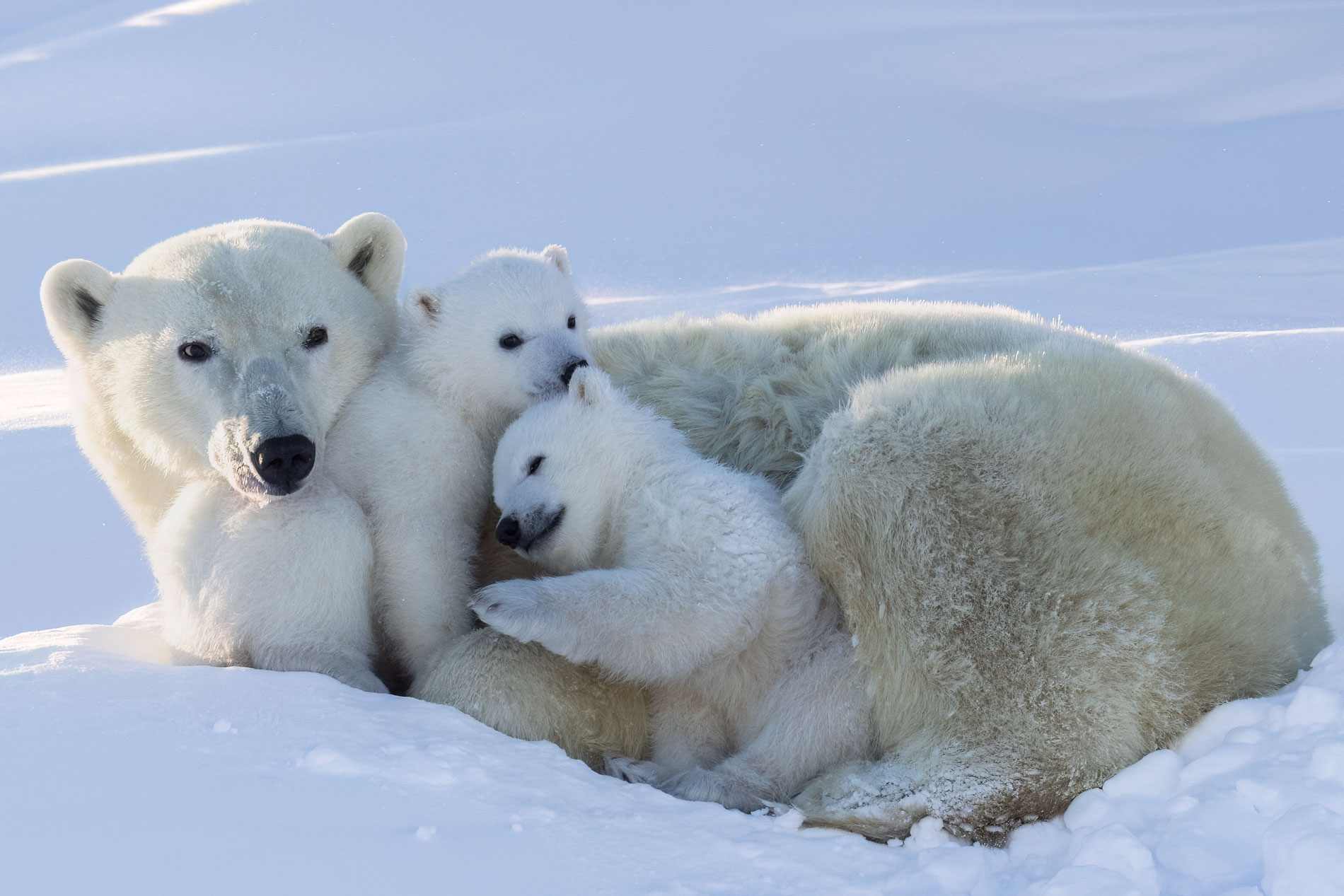
The use of light is also explained further in his book, something that came about after repeated suggestions and encouragement from longtime friend Tim Irwin, who designed the pages.
“It was really a leap of faith in terms of self-publishing,” Christie said.
“Stories Painted with Light” can be found at Well-Read Moose and Camera Corral in Coeur d’Alene, as well as ordered directly from timchristiephoto.com. The bookstore hosted a reception last fall, but more might be in the works later this year. N
As Featured in the 2024 Summer/Fall Edition
By: Joe Butler
Photography By: Tim Christie


